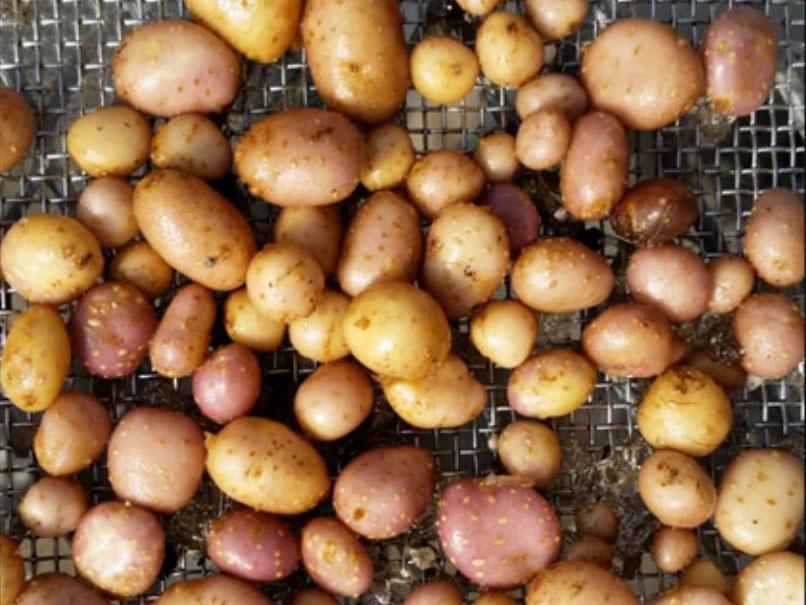Prehistoric mashed potato dating back 10,900 years discovered in Utah
'This potato could be just as important as those we eat today'

Your support helps us to tell the story
From reproductive rights to climate change to Big Tech, The Independent is on the ground when the story is developing. Whether it's investigating the financials of Elon Musk's pro-Trump PAC or producing our latest documentary, 'The A Word', which shines a light on the American women fighting for reproductive rights, we know how important it is to parse out the facts from the messaging.
At such a critical moment in US history, we need reporters on the ground. Your donation allows us to keep sending journalists to speak to both sides of the story.
The Independent is trusted by Americans across the entire political spectrum. And unlike many other quality news outlets, we choose not to lock Americans out of our reporting and analysis with paywalls. We believe quality journalism should be available to everyone, paid for by those who can afford it.
Your support makes all the difference.Tiny amounts of ‘mashed potato’ dating back about 10,900 years have been discovered in Utah.
The “well-preserved starch granules” – discovered in cracks in rocks used to grind up the potatoes – are the oldest evidence of cultivation of the plant in North America, researchers said.
This technique has been used to find the earliest known use of several species, including oats found in southern Italy dating to 32,600 years ago, 23,000-year-old barley and wheat discovered in Israel, and beans and yams from China dated to between 19,500 and 23,000 years ago.
The potato starch was embedded into stone tools found in Escalante, Utah, an area once known to early European settlers as “Potato Valley”.
The 'Four Corners' potatoes, Solanum jamesii, were eaten by several Native American tribes, including the Apache, Navajo and Hopi.
However most potatoes eaten around the world today are all descended from one species, Solanum tuberosum, which was domesticated in the South American Andes more than 7,000 years ago. It has been bred into thousands of different types since then.
The Four Corners potato, which may be the first example of a domesticated plant in the American West, could be used to make the current potato crop more resilient to drought and disease, it is believed.
Professor Lisbeth Louderback, an archaeologist at the Natural History Museum of Utah and a senior author of a paper published in the journal Proceedings of the National Academy of Sciences, said: “This potato could be just as important as those we eat today, not only in terms of a food plant from the past, but as a potential food source for the future.
“The potato has become a forgotten part of Escalante’s history. Our work is to help rediscover this heritage.”
S. jamesii is also highly nutritious with twice the amount of protein, zinc and manganese and three times the calcium and iron content as S. tuberosum.
Grown in ideal conditions in a greenhouse, a single “mother” tuber can produce 125 progeny tubers in six months.
Early European visitors to the Escalante area remarked on the potatoes.
Captain James Andrus wrote in August 1866: “We have found wild potatoes growing from which the valley takes its name.”
And a soldier, John Adams, wrote in the same year: “We gathered some wild potatoes which we cooked and ate … they were somewhat like the cultivated potato, but smaller.”
Join our commenting forum
Join thought-provoking conversations, follow other Independent readers and see their replies
Comments